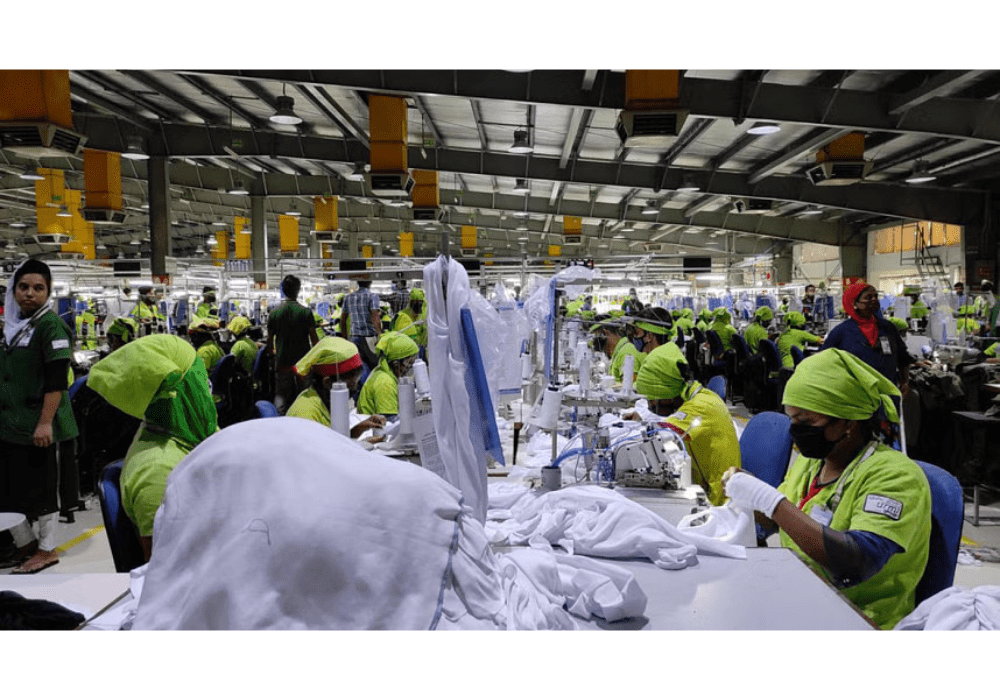Bangladesh has posted remarkable growth in the US apparel market, strengthening its position as one of the fastest-growing suppliers to the world’s largest clothing destination. Between January and July 2025, Bangladesh’s garment exports to the US surged by 21.66% year-on-year, reaching $4.98 billion, according to the latest trade data.
This growth stands out sharply against the overall US apparel import increase of just 4.96%, with global shipments totaling $45.80 billion during the same period. In terms of quantity, Bangladesh’s exports rose by 20.33%, while the average unit price inched up 1.11%, reflecting both higher demand and slightly improved margins.
Read More: bKash Becomes First Bangladeshi Firm to Win Cloudera Data Impact Award
Industry leaders say this performance is not just about shifting orders from China, which saw its exports to the US decline by 21.01% in value and nearly 16% in quantity. Rather, it highlights Bangladesh’s rising reputation as a reliable sourcing hub, backed by investments in green factories, social compliance, and worker safety. Today, Bangladesh hosts the highest number of green garment factories in the world, making it a preferred partner for global buyers prioritizing sustainable supply chains.
“Bangladesh is consolidating its position as one of the most dependable sourcing destinations,” said Mohiuddin Rubel, former director of BGMEA and managing director of Bangladesh Apparel Exchange. “Even as China’s shipments declined, Bangladesh recorded strong gains in both value and volume.”
Competitors like Vietnam (16.94%), India (16.10%), Indonesia (16.80%), Pakistan (11.81%), and Cambodia (24.45%) also posted double-digit growth, but Bangladesh remained among the top performers in both scale and sustainability. The modest rise in unit prices suggests that US buyers continue to find value in Bangladesh’s products, while suppliers benefit from improved profitability.
Read More: HiTHIUM Begins Operations in Bangladesh to Drive Clean Energy
Industry insiders believe Bangladesh’s mix of competitive costs, compliance standards, and sustainable production capacity will keep it at the forefront of global apparel sourcing. With more international buyers diversifying away from China, the country’s apparel sector is positioned to play an even bigger role in global trade.


